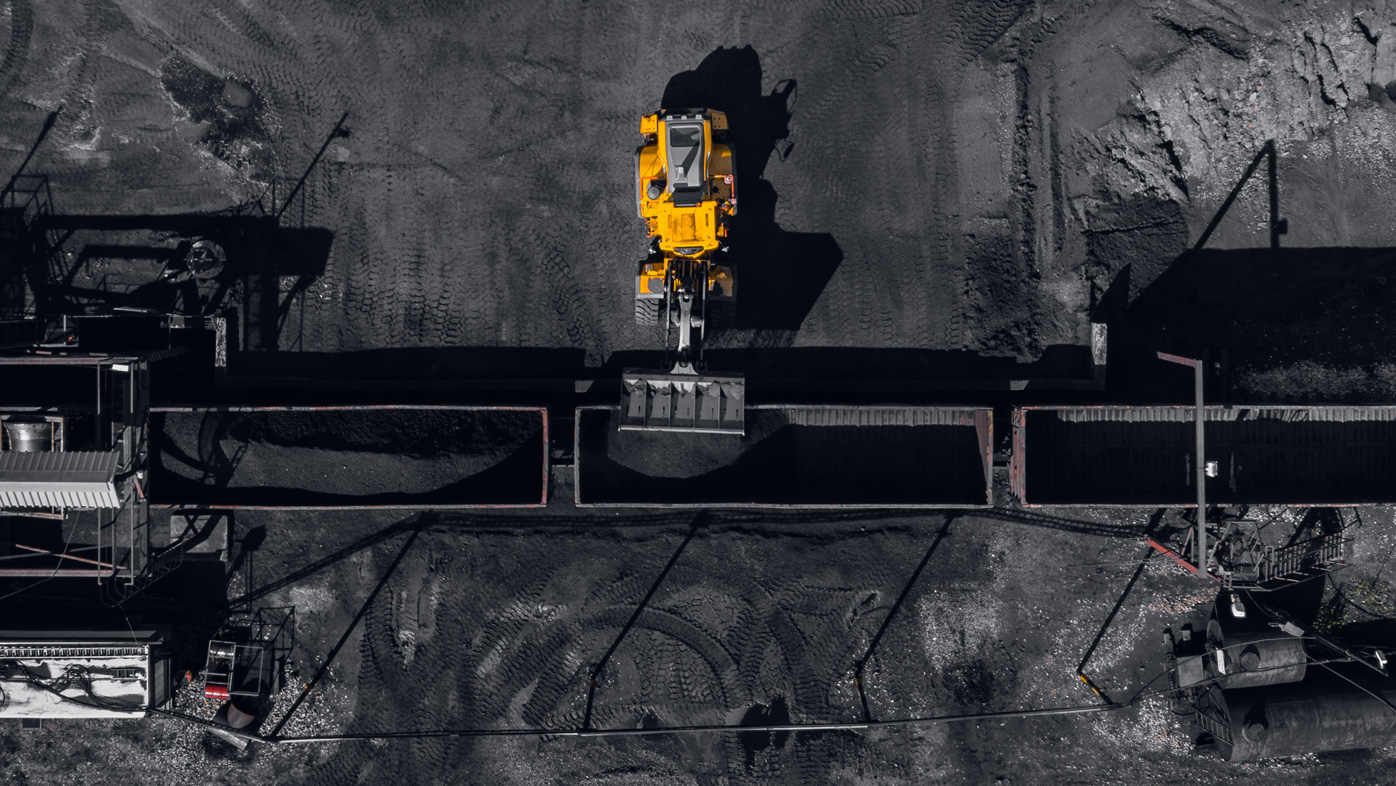In 50 years from now, the global mining industry is likely to be smaller than it is today. Within the shrinking pool of mined output there will be winners and losers: the mining of mineral fuels will decline; the mining of green minerals – copper, lithium and nickel, required for a low carbon world economy – will rise.
Sustainable mining is critical to the future. New mines will only come on stream if they meet stricter environmental, social, and governance (ESG) standards. Driven by climate awareness, government policy and a shift in consumer preferences, the pathway to net zero will be enabled by technological advancements.
Environmental concerns are rising. There is no doubt that mining companies will end up with zero-tolerance policies towards environmental degradation, as they have with respect to mine safety, but the pace of change will inevitably differ across countries. Europe is currently leading: here, the expectation is that new mines will only be approved if they are fully reliant on renewable energy. Change is likely to be slower in Africa and Central and South Asia, where economies are still developing and net zero commitments will come later.
The social license to operate a mine has become more expensive. Recent damage to Aboriginal heritage sites represents a landmark moment. It has made companies more averse to mining in areas of cultural, historical, and sacred significance to local communities. Furthermore, it has led to a more challenging operating environment and increased difficulties with regards to expansion plans, as in the case of Baffinland in Canada.
Governance and standards are tightening too, if only to secure finance or satisfy customers. The Brumadinho dam disaster, for example, has given rise to global tailing standards. In China, local pollution levels have constrained mine production in the past.
These will only get tougher as part of China’s 14th Five Year Plan and related pledge to reach peak carbon emissions by 2030 and carbon neutrality by 2060.
The circular economy – improved scrap collection and recycling of metals – will subtract from the need for primary mineral production. This will be further supported by the search for metal alternatives including natural, synthetic, or composite materials.
The energy transition away from fossil fuels to renewable energy sources, such as wind, solar and hydro, will determine which minerals win and which lose.
Advances in technology mean the future of mining won’t be as we know it. Emissions will be low to absent. Destruction will be minimal. Mining exploration will be informed by scanning and imaging of sites and less so by drilling. Decisions will be determined by big data and digital technology. The closure of mines and the reclamation of land will be fully optimised. Technology will enable consumers to track and trace the sustainability of the products they buy. Mines with a low sustainability rating will be exposed.
The mining industry is on the cusp of transformation. Production is likely to peak in the coming decades. In 50 years’ time the demand for primary metals will be lower than it is today. The life of your mine may be shorter than you think.
This article was originally published by the Global Mining Review, July/August 2021.
To receive email alerts to all CRU Sustainability knowledge and insights.Please register your details.

